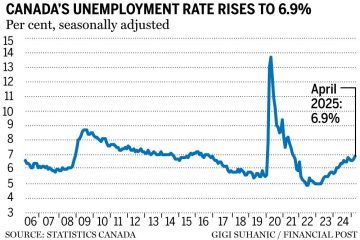Canada vs Mexico: Understanding the Differences and Similarities

Introduction
The comparative relationships between countries often highlight essential cultural, economic, and political dynamics that inform international affairs. In North America, Canada and Mexico share borders, trade agreements, and cultural ties, but they differ significantly in various aspects. With the evolving landscape of trade, especially in the wake of the USMCA agreement, understanding the interactions between Canada and Mexico has become increasingly relevant.
Economic Overview
Both Canada and Mexico boast robust economies, but they operate on different scales and structures. Canada, with a GDP of approximately $2 trillion, is characterized by its wealth of natural resources, technology, and a strong services sector. In contrast, Mexico’s GDP stands around $1.3 trillion, with significant contributions from manufacturing, oil, and agricultural exports.
The recent USMCA (United States-Mexico-Canada Agreement), which replaced NAFTA, plays a crucial role in facilitating trade among the three nations. Canada is Mexico’s second-largest trading partner, with trade between the two increasing 4% year-over-year since 2020. The USMCA aims to strengthen labor regulations and trade provisions affecting the automotive and agricultural sectors, highlighting the intertwined economies of both countries.
Cultural Connections
Culturally, Canada and Mexico present fascinating contrasts and connections. Canada is known for its multicultural society, where immigrants from all corners of the globe contribute to a rich tapestry of cultures. Officially bilingual, Canada boasts English and French as its primary languages, whereas Mexico primarily speaks Spanish. Festivals such as Canada Day and Día de los Muertos showcase the unique identities of both nations.
Despite these differences, there are cultural exchanges and interactions, particularly within border states and cities. Canadian travelers frequently visit Mexico for tourism, contributing to a vibrant exchange of customs and traditions that enrich the relationships between the two nations.
Political Relations
The political dynamics between Canada and Mexico have historically been cooperative, primarily driven by shared interests in trade, environmental issues, and regional security. The relationship saw a boost post-NAFTA, allowing both countries to collaborate closely as they navigated trade challenges. While there may be disagreements, particularly concerning environmental policies and immigration, diplomatic efforts have sustained a generally positive rapport.
Conclusion
In summary, the relationship between Canada and Mexico is multifaceted, colored by economic ties, cultural connections, and political collaboration. As both nations navigate the effects of global economic changes and internal challenges, their partnership remains essential for fostering stability and growth in North America. Readers can expect continued enhancements in trade agreements and cultural exchanges, paving the way for a future of sustained cooperation.









